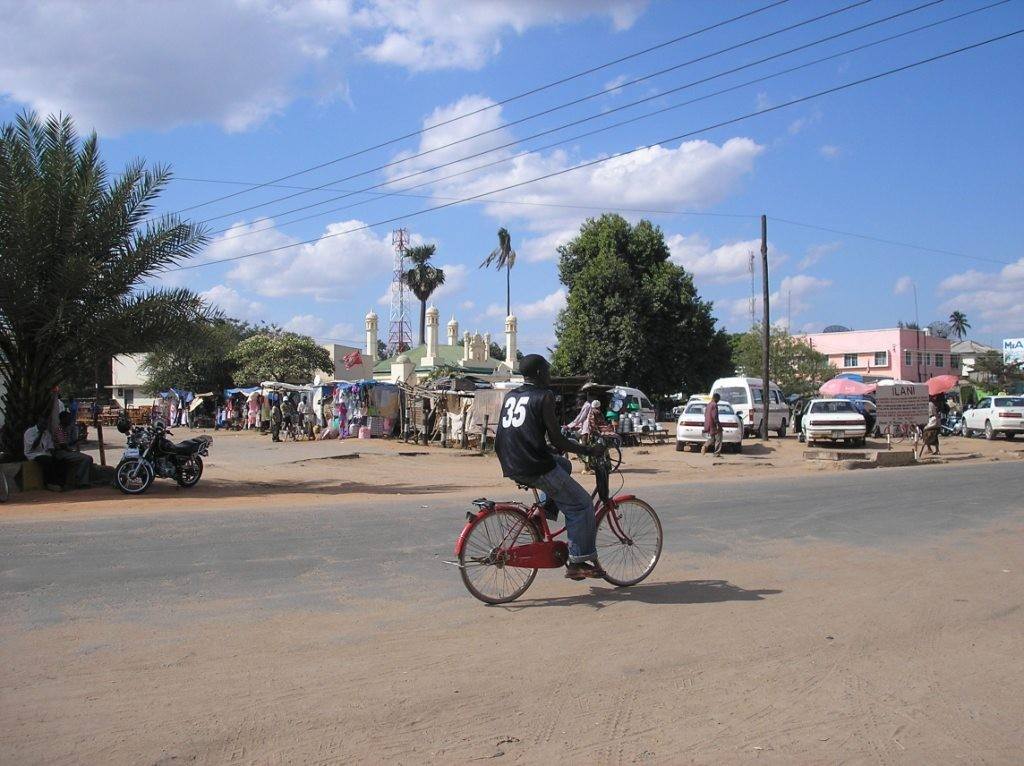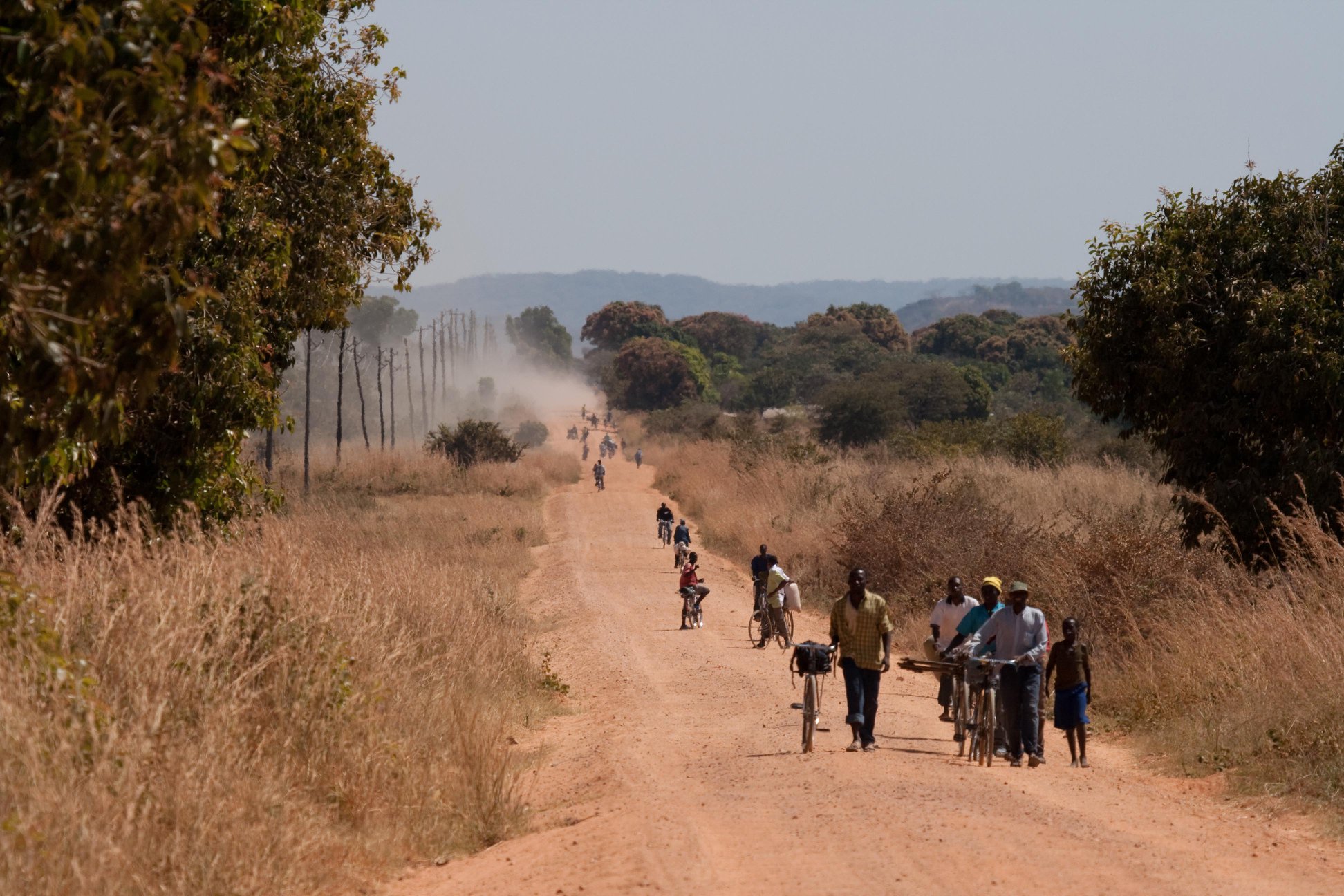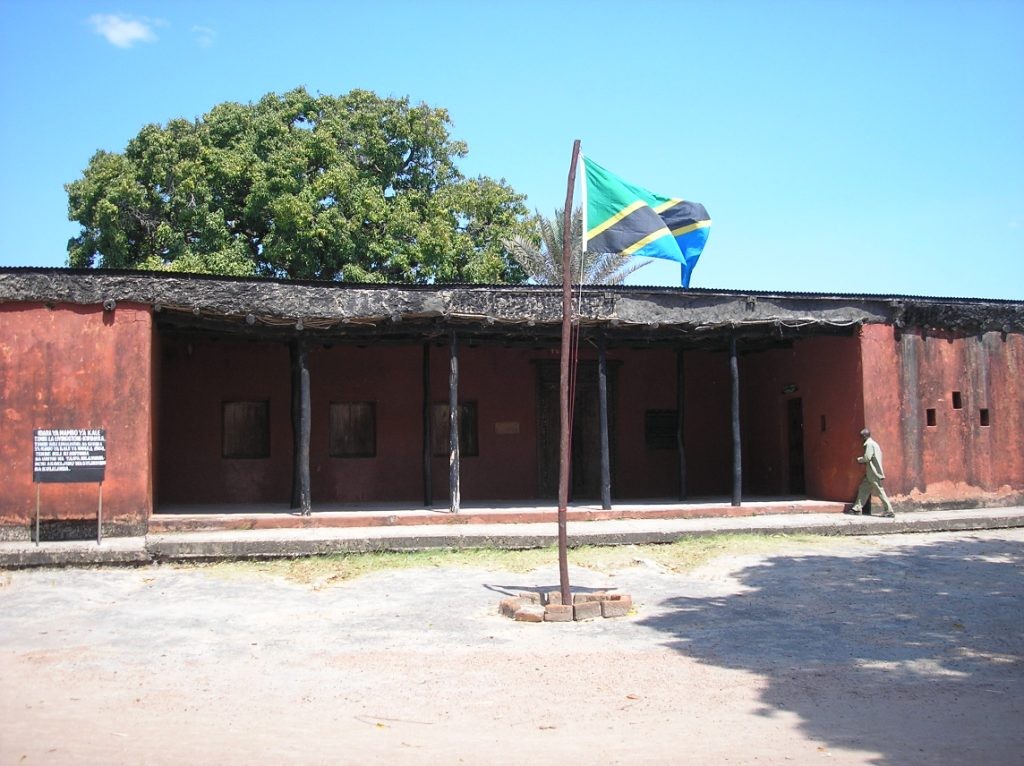Dr. Livingstone the famous British explorer, who went in search for the source of the river Nile, spent several months in Tabora during the 1850’s. He exposed the atrocities of slavery writing passionate letters to his friends and colleagues, some of which took many years to reach their destination. An Arab trader, afraid his involvement in the slave trade would be exposed, vacated his home at Kwihala village and Livingstone took up temporary residence.
Now it is a museum with copies of his letters, photos, and maps. It is also the location where Livingstone said goodbye to the American reporter Stanley who had been sent out from the New York Post to find him. My father also filmed the museum in 1960 it remains almost the same, and depends on donations from visitors who pass through. However, without wildlife parks nearby or beaches to attract tourists it remains little known. The Carina Water Well Projects at Kwihala Village are within walking distance of the museum.
Tabora region is in the central-western part of the country. The area of Tabora is 76,151 km² (approximately 9% of Tanzania). A total of 34,698 km² (46%) is forest reserve, and 17,122 km² (22%) is game reserve. Most economic activity in the region is agricultural. According to the 2002 Tanzania National Census the population of Tabora Region was 1,717,908.
Tabora Region comprises six districts: Urambo to the West, Nzega and Igunga to the North, Tabora Urban in the center, Uyui to the East, and Sikonge to the South.
Arab slave traders founded Tabora in 1852 but it was captured in 1891, when the Germans realized how prosperous the town was, and it became an administrative center of German East Africa. From 1852 to 1891, Tabora was the Arab’s slaving capital of East Africa – over 500,000 caravans passed through the town annually. Ivory and humans were bartered for guns, beads and cloth.
Historically, Tabora was once a major trading point and stopover for caravans that connected Lake Tanganyika and Central Africa with the coastal town of Bagamoyo to the northeast. Its’ former importance is illustrated by the fact that the infamous trader Tippu Tip, who lived during the 19th century, made Tabora the centre of his vast trading empire of ivory and slaves.
The town of Tabora grew … More even larger with the construction of the Central Railway line The town was also an important mission station during early European exploration of Tanzania. Stanley and Livingstone both stopped here on their journeys. Livingstone was based at Kwihala for a few months in the 1850’s. During the German occupation, Tabora was one of the most populated and prosperous towns in the whole of East Africa.
The sleepy town of Tabora, remains a key transit point in the country. The Central Line railway branches at Tabora to both Kigoma and Mwanza, and visitors traveling by train often use Tabora as a stopover point during their journeys. The regions around Tabora are famous throughout Tanzania for the honey they produce, and large jerry cans and bottles of the famous liquid can be bought in the village market.



